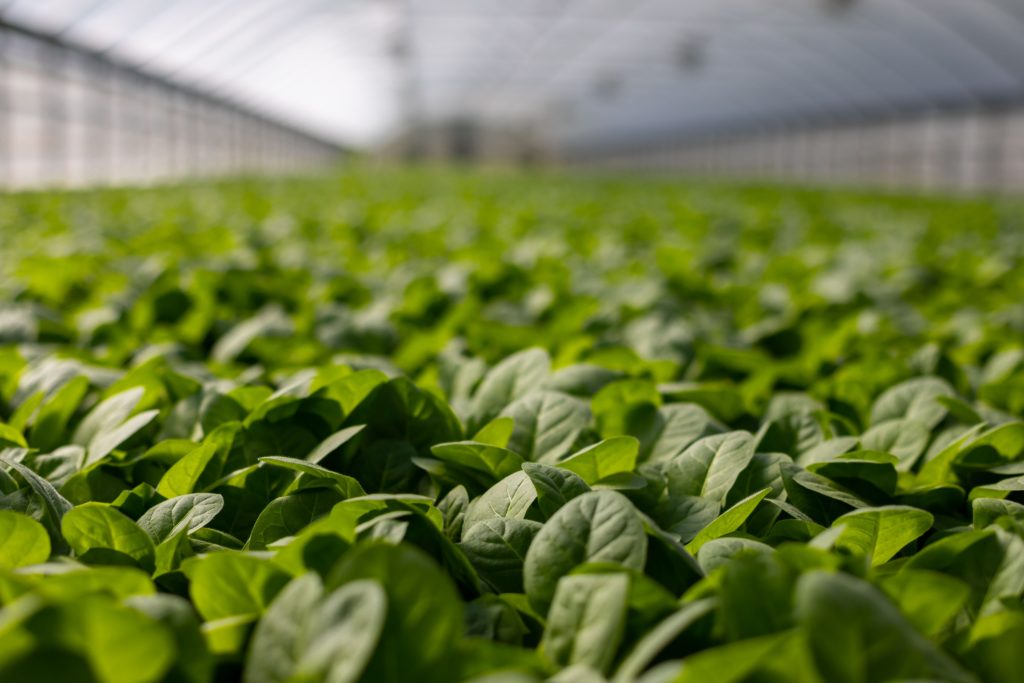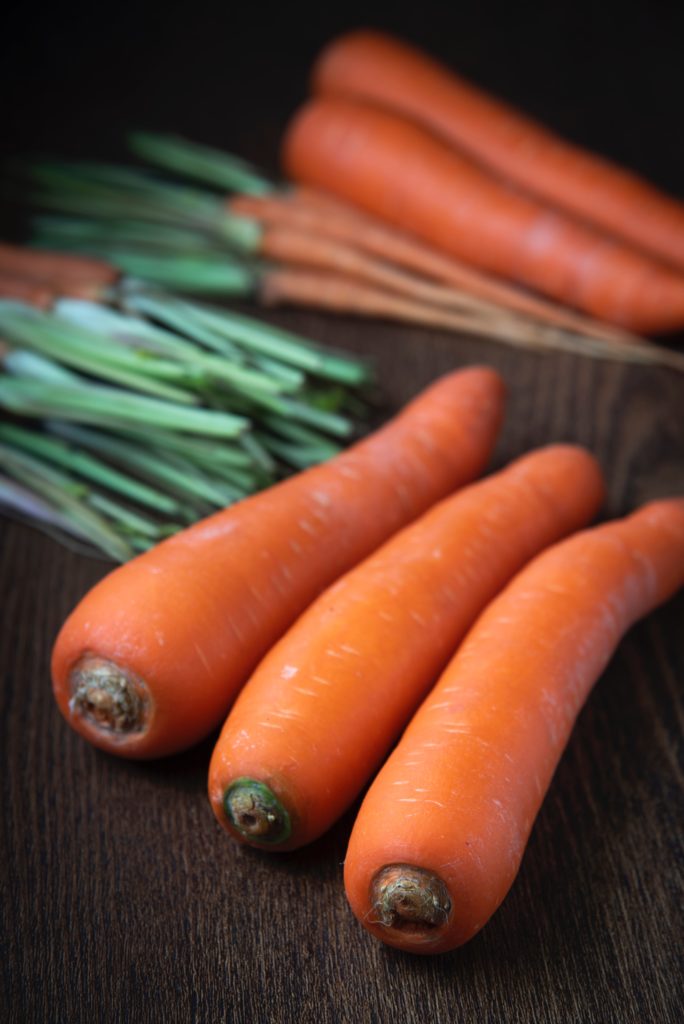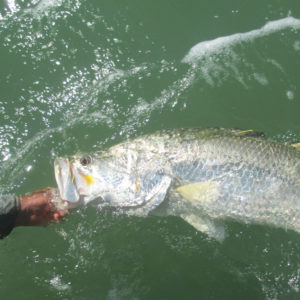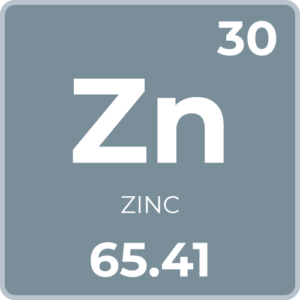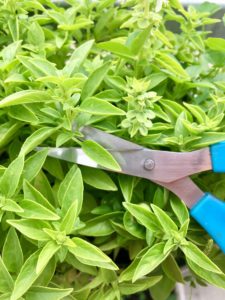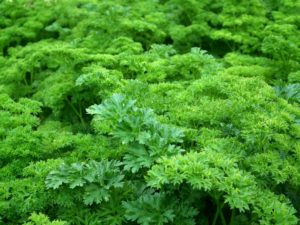Once you’ve started with easy plants, it’s time to move onto more of a challenge: intermediate plants for hydroponics. There are some really great plants that you can grow in your hydroponic system that you can move onto when you’re more familiar with how everything works. These plants aren’t quite as easy to grow herbs or leafy greens, but they’re certainly easier than growing root vegetables in a hydroponic system. Many of the plants in this category are some of the most popular in hydroponic gardens, because of the crops they produce. However, there’s a wider range of plants, and therefore a wider range of requirements depending on what you choose to grow.
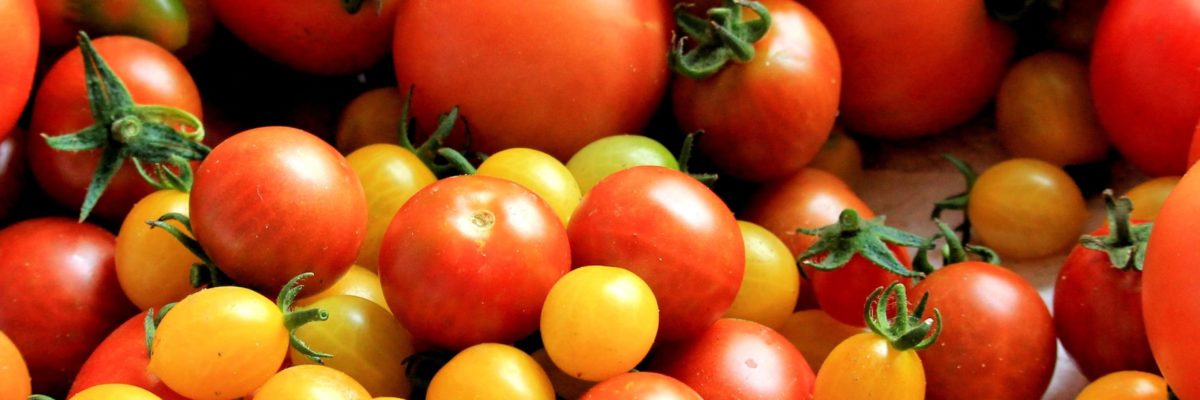
Some of these intermediate plants include:
- Tomatoes
- Strawberries
- Blueberries
- Peppers (both hot and bell peppers)
- Cauliflower
- Broccoli
- Beans
- Spring onions
- Cherry tomatoes
- Celery
What Makes Plants Intermediate Difficulty in Hydroponics?
Some of these crops are more difficult simply because they require more space to grow. Others have nutrient needs that are more specific, and require closer monitoring. The same can be said for pH and EC.
Another thing to consider is the additional support that some intermediate plants for hydroponics require. For example, tomatoes and most types of beans require a trellis or other support to cling to.
Here’s a quick look at some of the basic needs of these plants, and things to consider when you’re thinking about growing them:
Tomatoes
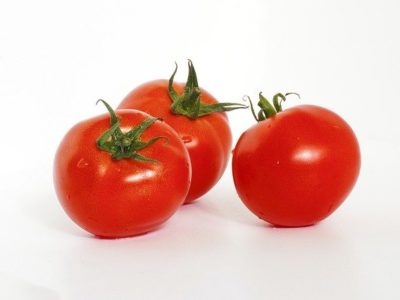
Tomatoes need additional support since they have a vining growth habit. In most cases, you’ll need to incorporate a type of lattice or trellis into your hydroponic system. While tomatoes do well in a variety of systems, drip is one of the best hydroponic systems for growing tomatoes, while ebb and flow is a close second. Tomatoes are alright in NFT systems, although you may encounter issues with plants higher up in the tray.
Tomatoes need a photoperiod of at least 8 hours, although 16 hours is best. Their optimal pH range is 5.8 to 6.3, with an EC between 2.0 and 3.5.
Check out the full grow guide here!
Strawberries
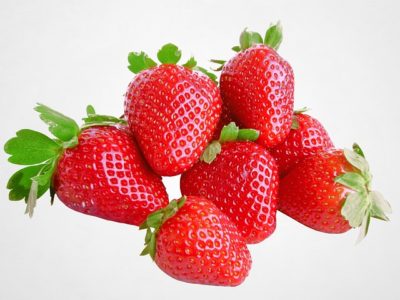
Strawberries do well in ebb and flow systems, and NFT systems. NFT is most commonly used to grow strawberries hydroponically, both in home and commercial systems. A 12 hour photoperiod is ideal, although there is some room for more depending on their growth stage. They can take much longer to grow and produce fruit if they’re grown from seed, and can take up to a few years. For that reason, it’s recommended to use transplants.
Strawberries prefer a low salt environment, so the best EC for strawberries is between 1.2 and 1.5, with a pH between 5.5 and 6.8.
Ready to start? Explore this guide.
Blueberries
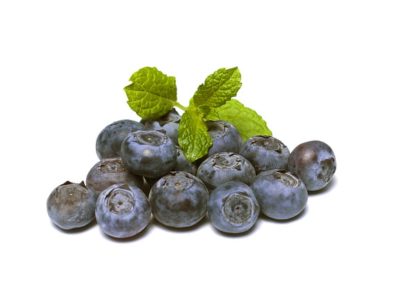
Blueberries are much like strawberries in their needs. They prefer a moderate to warmer temperature, ranging from 72 to 76 degrees fahrenheit. They need lighting for no less than 8 hours, although 12 to 16 hours is best. Blueberries do best with a slightly acidic pH, ranging between 4.5 and 5.8.
Peppers
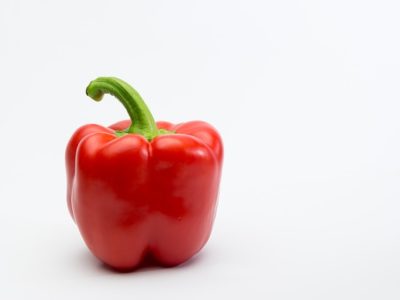
Peppers need similar conditions to tomatoes. Keep in mind that there are different types of peppers you can grow hydroponically, with hot peppers and bell peppers being the most popular. They still have similar needs, but not the same. However, both types do well in DWC and ebb and flow systems, and prefer warmer temperatures between 73 to 80 degrees fahrenheit. Likewise, both types need a photoperiod of 10 to 12 hours.
Hot peppers need a pH of 6.0 to 6.8, with EC between 3.0 to 3.5. Bell peppers need slightly lower pH, ranging between 5.5 and 6.0, with EC between 2.0 and 2.5.
Visit the Bell Pepper Grow Guide.
Beans
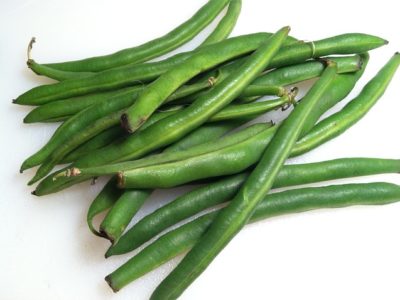
There are many different types of beans you can grow hydroponically, and most have nearly the same requirements. Warm temperatures are best, so aim for between 70 and 80 degrees during the day. They thrive in just about any hydroponic system, but ebb and flow systems are ideal. They do best with a photoperiod of 12 to 13 hours, and need relatively little nutrients to grow, since they take in nitrogen from the air.
Beans will need additional support, like a trellis, and are self pollinating, which makes them easier to grow. Beans need a pH between 6.0 and 6.5, and EC between 2.0 to 4.0. Keep in mind that different cultivars will vary slightly in their requirements.
Cauliflower
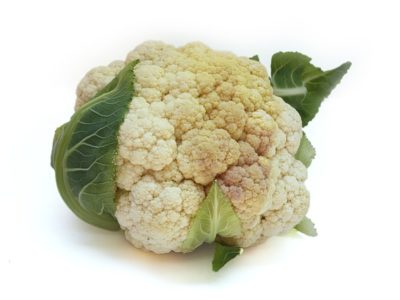
Cauliflower does best in a drip system, with perforations placed very evenly between plants. Cauliflower needs a more limited photoperiod, and can handle up to 12 hours of supplemental light daily. However, too much light may make it ‘bolt,’ and affect the crops you’re able to harvest. Cooler temperatures also help to prevent bolting, so 55 to 70 degrees is an ideal range.
Cauliflower is more susceptible to fungus, so it needs careful monitoring. Aim for a pH between 5.5 and 6.5, with EC between 0.5 and 2.0.
Broccoli
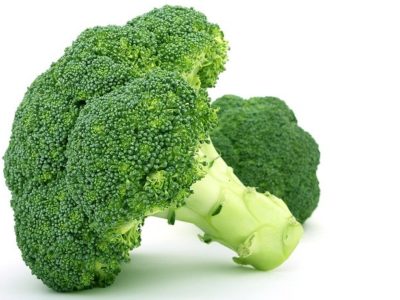
Broccoli is a plant that needs a lot of space, which is why it’s difficult to grow in a NFT system. However, most other systems are fine, provided the plants have enough room to grow; DWC and ebb and flow systems are widely considered the best for growing broccoli. It’s also more nutrient demanding, although it doesn’t use as much nitrogen in the vegetative stage as other plants (too much will cause rapid growth than can cause ‘hollow stem’). Broccoli is a cooler temperature plant, with an ideal range between 55 and 65 degrees. The best photoperiod is between 14 and 16 hours.
Broccoli needs a pH between 5.5 to 7.0, and EC between 2.8 and 3.5.
Celery
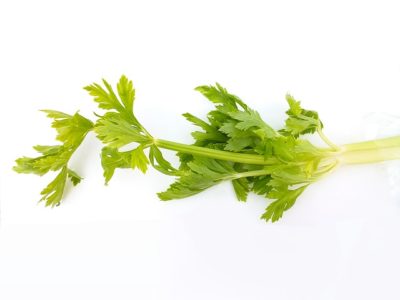
Celery is a water loving plant, so it does best in a DWC system. It can take longer than other hydroponic crops to grow to harvest size; it often takes up to 130 or 140 days. The ideal temperatures for celery are between 60 and 75 degrees. When it comes to nutrients, celery is fairly standard, although getting a nutrient solution with a little extra magnesium and calcium helps ensure the plant develops strong stalks. Humic acid helps increase the speed and quantity of nutrient uptake.
Celery grows best with a pH around 6.5, and EC between 1.8 and 2.4.
Spring Onions
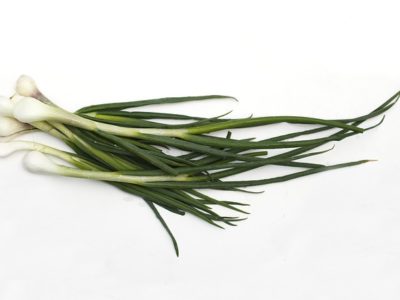
Spring onions do very well in DWC systems (especially since they typically need growing medium), and can be grown from seed, although many growers prefer to use transplants or sprouting plants to make it easier. Spring onions tolerate a wide temperature range, from 55 to 75 degrees. They don’t require much light either; a 12 hour photoperiod is ideal.
Spring onions are best grown with a pH between 6.0 and 6.7, and EC between 1.4 to 1.8. It’s worth noting that it’s better to wait to give nutrients to spring onions, since you want to encourage the roots to grow at first. After they’ve established more of a root system, you can start adding nutrients to their water.
You may also like…
